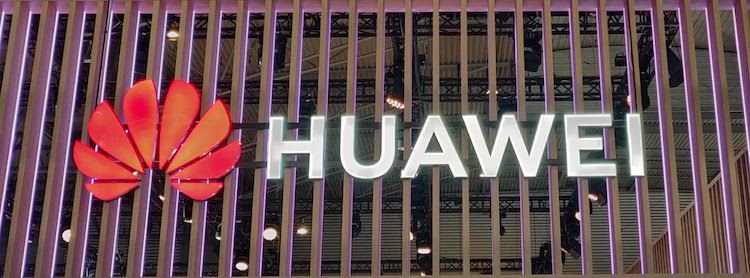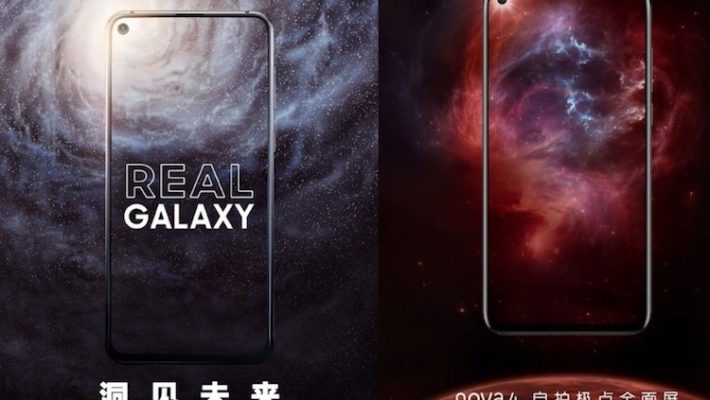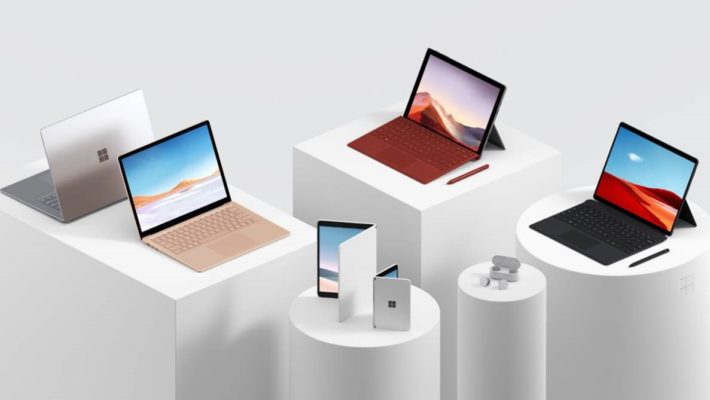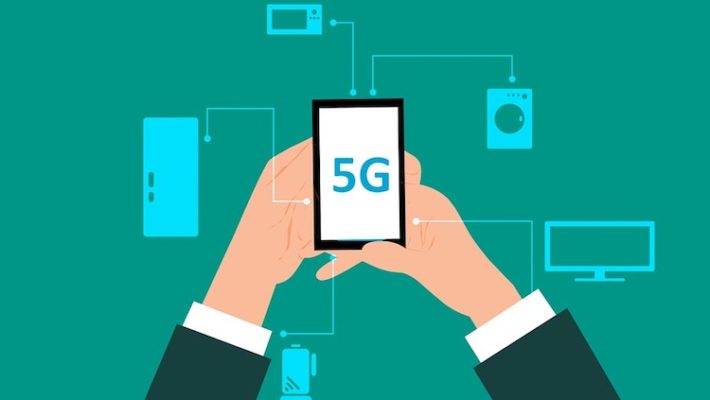The last week has been harrowing for the Chinese smartphone manufacturer, Huawei, amid news of Google revoking software support for its mobile devices.
Original reports from Reuters detailed that Google has halted all licensing with Huawei outside of the Android Open Source Project (AOSP), but the U.S. Commerce Department has since given the company a three-month lien, allowing it to provide security updates to its smartphones and tablets until August 19. Even so, Huawei has taken even more hits, with several other industry partners withdrawing their support from the company.
Here’s a rundown of the primary details surrounding the U.S. ban against Huawei.
Huawei on U.S. national security “Entity List”
Ahead of Google’s software ban on Huawei, President, Donald Trump signed an executive order declaring a state of national emergency against various technology companies that are considered to pose security risks to U.S. trade and commerce. Among these are Chinese electronics manufacturers, such as Huawei and ZTE, which have already had their consumer products banned for sale in the United States. However, the new injunction would halt Huawei’s industry collaboration for technological advancement, with claims that the company has shared trade secrets with the Chinese government and has violated various sanctions. Huawei has been added to the “Entity List” of international companies banned from doing business with U.S. companies and their compliant partners. This is what led to Google enstating its software ban against Huawei.
Google licenses revoked
The Android operating system is an open source platform, meaning anyone can access its kernel framework and develop upon it for personal and commercial use. However, large companies such as Huawei require licenses from Google to use its proprietary apps and services, such as Gmail and the Google Play Store.
While this action does not affect much affect smartphone users in the U.S., Huawei and its subsidiary brand, Honor have a thriving userbase in other markets, such as Canada and Europe. Google’s Android team has stated Huawei and Honor devices currently on the market will still have access to the Google Play store and to security from Google Play Protect. However, Honor’s recently unveiled Honor 20 and Honor 20 Pro affordable flagships may already be affected by the software ban. While the devices were announced with Android 9 Pie, their availability is currently up in the air. There are some hints at a market launch between June and July.
Recent reports indicate that the devices did not receive the necessary Android licensing ahead of President Trump’s ruling. There is no word on whether the U.S. Commerce Department’s lien will allow Huawei to get the Honor 20 and Honor 20 Pro software certified.
Google has since dropped the Huawei Mate 20 Pro from the Android Q beta program and has removed Huawei devices from its Android Enterprise Recommended Program. Mentions of other hardware innovative devices, such as the 5G foldable, Huawei Mate X and the camera powerhouse, Huawei P30 Pro have also been removed from the Android device support page. This makes Android P support for the Honor 20 seem unlikely.
More companies cut ties with Huawei
Several other international technology companies have severed their relationships with Huawei since Google’s initial announcement. Companies including Qualcomm, Broadcom, Intel, Panasonic, Corning, and Microsoft quickly followed suit, immediately halting their shipments and collaborations. These manufacturers primarily provide semiconductors and others for audio, visual, and connectivity components for Huawei’s smartphones, tablets, and laptops. Microsoft additionally licensed its Windows operating system for Huawei computers and has since removed Huawei’s Matebook products from its online storefronts.
Initially, many considered Huawei would be able to fall back on its own HiSilicon components, such as its Kirin mobile processors. However, the chip designer, ARM, has also alerted its teams to cease development of any Huawei projects. ARM provides technologies and components for Kirin chips. Similar to Google, Huawei pays for the licenses to use ARM architectural design to develop its own chips.
Without access to ARM’s blueprints, Huawei would not be able to move forward with the development of chips and components for future devices. While many rival manufacturers, such as Apple and Samsung also have their own branded components, they are by large based on ARM schemes. This leaves Huawei unable to compete with its biggest competitors. There is word that Huawei may be in the clear to use ARM technology for its next flagship processor, the Kirin 985; however, the manufacturer would have to find other options for components thereafter.
Where Huawei is receiving support
While things may seem bleak for Huawei, the company does have support from several sources. The contract chipmaker TSMC has confirmed that it would continue to work with Huawei and that its current component shipments are not affected by the U.S. ban. Lenovo also stated in a recent earnings called that it would maintain a relationship with Huawei within the confines of current regulations. There is no word on exactly how TSMC and Lenovo will continue to collaborate with Huawei.
The manufacturer is also reportedly getting a considerable amount of support from Chinese consumers, many who are now actively rejecting foreign brands, such as Apple, in favor of the latest Huawei smartphones.
Huawei’s stance on the ban
Huawei representatives have spoken out to say that the U.S. government is bullying the manufacturer for being a Chinese company that is deeply ingrained in the global technology space.
Huawei has also stated that it is working with Google to try and resolve the matter from software and licensing standpoint. Many note that losing Huawei as a software partner would also be a major financial blow to Google. Huawei has now reiterated that it has back up software in the pipeline for both its smartphones and computers.
While Huawei has made attempts at transparency with American media, its offer of a factory tour and executive interview yielded very little insight into the brand and its motives. Huawei has remained largely quiet on the matter, outside of some exclusives with Chinese media. The company’s founder and chairman, Ren Zhengfei told the South China Morning Post that this clash with the U.S. was “inevitable” due to Huawei’s advancement in various tech spaces, such as 5G.
Huawei’s plans for a proprietary operating system
Huawei has long hinted at its back-up systems to replace Android on its smartphones and Windows on its computers, but recent reports indicate that the alternatives are not ready, even after seven years of development. Richard Yu, CEO of Huawei’s consumer division has stated that the new systems, referred to internally and “Project Z” may not be ready for deployment until 2020. If released, the Android alternative may be called Kirin OS or HongMeng OS. Yu insists the systems will maintain their stance as a back-up, with Huawei’s ultimate goal to reestablish relationships with Google and Microsoft to and regain access to Android and Windows.
In the interim, Huawei may be looking to use the third-party app store, Aptoide to replace the Google Play Store. While not officially supported by Google, Aptoide features over 900,000 apps and is home to nearly 200 million users. If successful the collaboration could be a positive move for both the app store and Huawei. However, logistics may be dicey, as Aptoide is known for offering paid apps for free.
Huawei is also working to make its AppGallery app store more prominent, encouraging developers to publish their apps on the marketplace. Some hints suggest that Huawei may try to meld Aptoide and its AppGallery into one app storefront and get it preloaded onto the brand’s devices through mobile carriers. However, the company would still have to deal with the major competition of the Google Play Store and its Gapps, which are a mainstay for many Western market consumers. Currently, there are no confirmed details about how Huawei plans to move forward with its app store.




